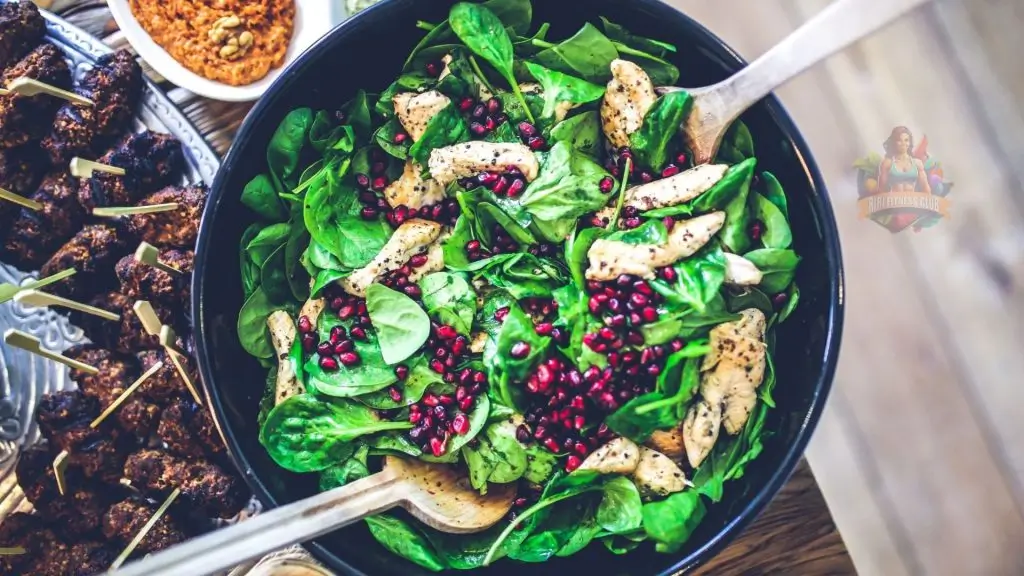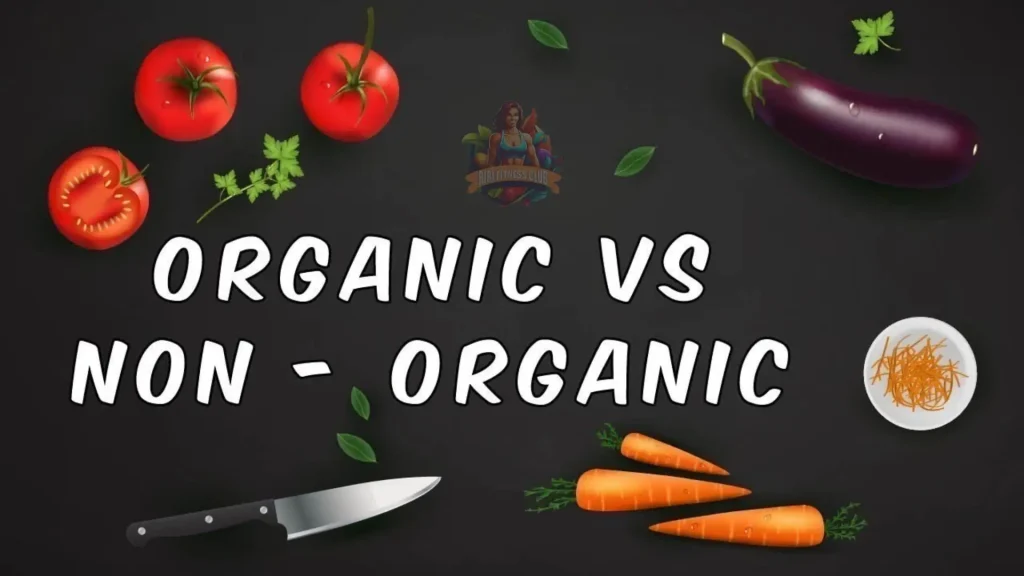Among all the green leafy vegetables, is one of the most versatile. You can add it to smoothies, enjoy it in a chilled salad, steam and stir it as a side dish, add it to stir-fries, and even mix it into baked goods, such as muffins.
Also, he has many health benefits. It is packed with vitamins, nutrients, and antioxidants that protect against chronic disease and promote brain, cardiovascular, and eye health. You can easily add spinach to your meals to maximize these perks.
Here are six health benefits of eating more of this powerful protective plant, as well as simple ways to incorporate them into your meals and snacks.

According to the Department of Agriculture, three cups of raw spinach provide approximately 20 calories, less than one gram of fat, two grams of protein, three grams of carbohydrates, and two grams of fiber.
Although it contains few calories, is packed with nutrients. The three-cup portion provides over 300% of the average daily value for vitamin K. Green leafy vegetables also provide more than 160% and 40% of the average daily values for vitamin A and vitamin C, respectively. According to the National Library of Medicine, vitamins K and A support bone strength. And vitamin C helps wounds heal.
Is also contains 45% of the average daily value for folate, a B vitamin that helps form red blood cells and DNA. It also provides iron, magnesium, potassium, and calcium, along with small amounts of other B vitamins.
Rich in antioxidants
In addition to its many vitamins and minerals, is provides antioxidants that are linked to anti-inflammatories and disease prevention.
Some of the antioxidants found in spinach include kaempferol, quercetin, myricetin, and isorhamantin also known as flavonoids. According to the Department of Agriculture, flavonoids are compounds that may help protect you from cancer, as well as cardiovascular disease and inflammation.
Protects from diseases

In a 2016 study published in the journal Food & Function, researchers summarized the protective effects of it. They noted that compounds found in it can reduce oxidative stress. They also positively influence gene expression – or the “playback” of certain genes – in metabolism and inflammation. Additionally, these compounds trigger the release of satiety hormones that make you feel full and satisfied after eating spinach.
For these reasons, researchers concluded that eating more from it may help reduce chronic diseases including heart disease, cancer, type 2 diabetes, and obesity.
Supports brain health
The anti-inflammatory effects of spinach make it a prime contender for brain protection – especially for aging.
In a 2015 study published in Alzheimer’s & Dementia, researchers tracked the eating patterns and cognitive abilities of more than 900 adults between the ages of 58 and 98 for about five years. They observed a significant reduction in the rate of cognitive decline among those who consumed more amounts of green leafy vegetables than the others.
The data also indicated that people who ate one to two servings of these vegetables daily had the same cognitive abilities as people 7.5 years younger than actual age.
Helps control blood pressure

is also a source of nitrates, which are natural chemicals. Nitrates open or widen blood vessels. It improves blood flow and relieves stress on the heart.
In a study published in 2016 in the Journal of Nutrition, a group of seven women and 11 men drank four nitrate-rich drinks, including spinach. The researchers found that participants’ blood nitrate levels increased after drinking the drinks.
Spinach, beetroot juice, and watercress salad drinks also lowered blood pressure. Diastolic blood pressure the bottom number in a blood pressure reading, which indicates the amount of pressure in the arteries between heartbeats remained low for five hours after the spinach and watercress drinks.
Protects eye health
An antioxidant in spinach, lutein, may reduce the risk of age-related macular degeneration (AMD). According to the National Eye Institute, AMD is an eye disease that can blur the sharp central vision necessary for reading and driving. It is a major cause of vision loss for people over 55 years of age. Prevention is key because there is no cure for AMD.
In a 2016 study published in the Nippon Ganka Gakkai Zasshi [Journal of the Japanese Ophthalmological Society], researchers examined the eyes of 11 participants who ate 75 grams of frozen spinach containing 10 milligrams of lutein daily for two months. Eating lutein-rich spinach increased the participants’ blood levels of lutein, as well as the macular pigment optical density (MPOD) measurement.
The macular pigment works like indoor sunglasses to protect the eyes. Low or low MPOD is a risk factor for AMD. Research has indicated that consuming spinach may help reduce the risk of AMD
How does cooking spinach affect nutrients?

While incorporating spinach into both raw and cooked dishes can help maximize its health benefits, some research shows that not cooking the vegetable preserves its lutein content.
In one study published in 2018 in Food Chemistry, researchers found that after spinach was cooked in different ways, the lutein content in the vegetable gradually decreased. When the researchers fried spinach at a high temperature, its lutein decreased significantly after two minutes.
Therefore, it is important to eat raw spinach to get the maximum amount of lutein. For example, try incorporating spinach into a smoothie, with healthy fats like avocado or almond butter. When you chop spinach into small pieces, the lutein is released from the leaves. Healthy fats increase their ability to absorb eye disease-fighting antioxidants.
Also, a study published in 2018 in the journal Food Science and Biotechnology examined the effects of different cooking methods on the vitamin content of selected vegetables, including spinach. Researchers found that cooking vegetables in the microwave was the best way to preserve vitamin K.
Boiling or adding vegetables to boiling water to remove their skins greatly reduces the vitamin C content. Instead, researchers found that steaming vegetables was the best way to preserve vitamin C. It happens when the plant’s walls become soft, which helps release and absorb nutrients.
So, for best results, mix up the way you eat spinach — some raw, some cooked — but avoid overcooking the leafy greens.
Easy ways to eat more spinach

You should try to eat 1 cup (about the size of a tennis ball) of some type of green leafy vegetable, such as spinach, every day.
Include a handful of spinach in your meals as a bed for whatever else you’re eating to add a few spinach leaves with every bite. For a quick and easy side dish, toss spinach with a simple vinaigrette made by whisking together extra virgin olive oil, balsamic vinegar, Dijon mustard, and seasoning of dried Italian herbs. Sauté spinach in extra virgin olive oil with sweet paprika and crushed red pepper, or steam-saute and toss vegetables with grated olive oil or dairy-free pesto.
If you’re making a cereal bowl, place a handful of spinach on the bottom and flip the portion sizes of greens and grains to increase your vegetable intake. Mix spinach with anything from fruit juice to pancakes to hummus, and add it to soups, chili, and tacos.
You can add spinach to almost any dish. Try it and reap those vitamins, minerals, and antioxidants that promote healthy living.





